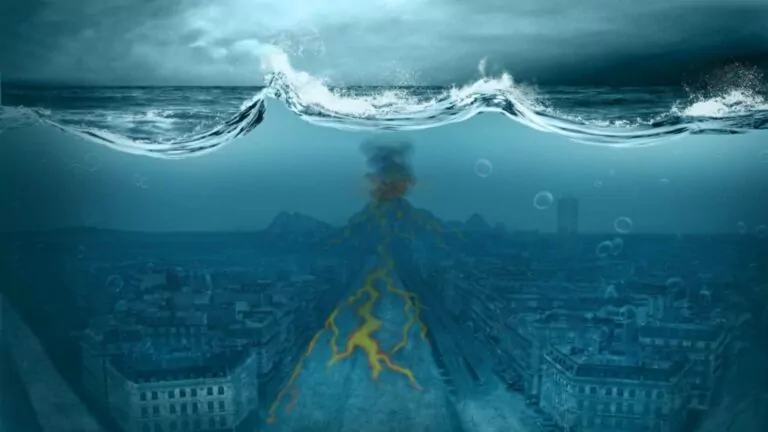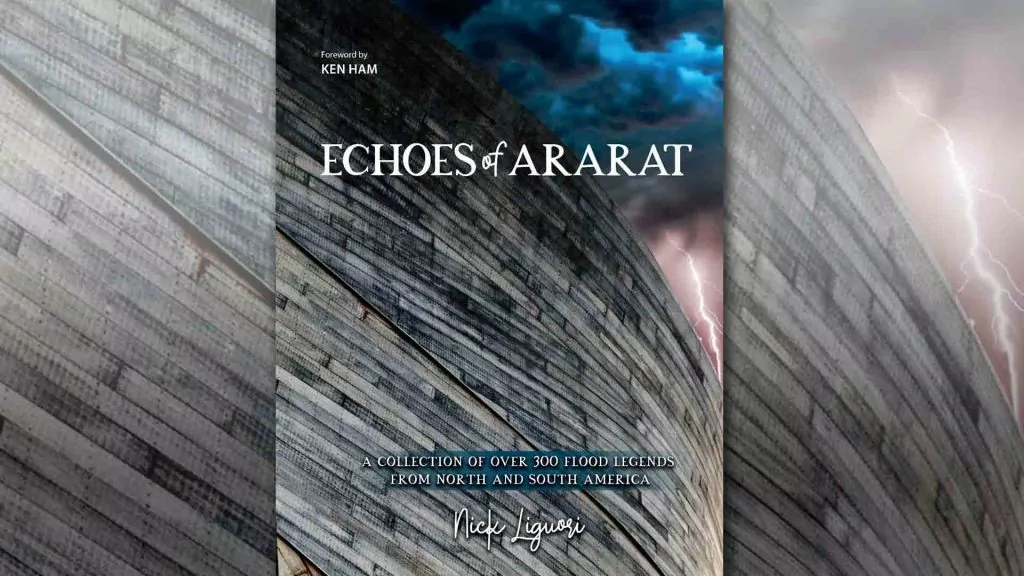Joe Rogan is one of the world’s most popular podcasters, well known for his curiosity (though also for his vulgarity). It was that curiosity that, on March 29, had him doing some mind-blowing late-night reading. As he posted to Instagram:
Me: man, it’s after 2am, I should probably get some sleep.
Article: “Did you know there’s an absolutely massive supply of water hidden underneath the Earth’s crust that’s three times bigger than the oceans that sit on the surface?”
Me: No, I did not know that. And now that’s all I’m interested in…
3 times all the oceans underneath us?
While the article Rogan read was recent, this superocean was discovered more than a decade ago. This water is said to be buried 400 miles down, captured in a type of rock called “ringwoodite.” The amount of water in these rocks has been variously estimated as being as much as all the water in all our oceans, or even three times that amount.
Rogan’s post went out to his 16 million Instagram followers and caught the attention of Not the Bee’s John Knox and others. Knox connected some dots and suggested that this vast quantity of water might be the “fountains of the great deep” that “burst forth” in Genesis 7:11 when God brought the Flood to punish the world.
It was an interesting idea. The biblical Flood account is mocked as being impossible on account of all the water that’d be needed to cover Mount Everest. But what if Mount Everest wasn’t so tall, and the oceans weren’t so deep? As professor Brad Alles has noted: “if the planet were as smooth as a billiard cue ball, there’s enough water to cover the earth 1.7 miles deep all over.” So maybe the world pre-Flood was a flatter place. And as Genesis 7:11 shares – and this 2014 discovery also highlights – the water we see is far from the only water on Earth. There’s also water under the ground!
Creationist differs
Now, the Institute for Creation Research’s Brian Thomas does differ with John Knox. He argued back in 2014 that this ringwoodite, because it is 400 miles down, is probably too far underground to have contributed to the Flood. He doesn’t think these stones were a part of the “fountains of the great deep.”
However, he does highlight how “this discovery shows that the mantle materials can store vast amounts of water.”
And if the amount of water on and under the Earth’s surface is enough to blow Joe Rogan’s mind, here’s something that should get Christians’ jaws to drop. In Luke 19:40, Jesus explains that if his disciples were silenced, then even the stones would cry out. In this incident we can see God using a foul-mouthed agnostic comedian to get the word out that an unbelievably vast quantity of water is trapped deep in the Earth’s mantle. How’s that for stones – of one type and another – crying out?












